In today's fast-paced business environment, staying on top of regulatory requirements is more crucial than ever. With laws and guidelines constantly evolving, companies face the challenge of ensuring that their operations comply with the latest standards. This task might seem daunting, but fear not! Crafting a solid compliance program strategy is a straightforward process that can safeguard your business against legal risks, enhance its reputation, and contribute to its overall success. This blog post will walk you through eight essential steps to develop a robust compliance program strategy. So, let’s dive in and explore these pillars that will fortify your organization's compliance framework.
1. Understand Your Regulatory Environment
The first step in developing a compliance program strategy is to gain a deep understanding of the regulatory environment that applies to your business. This means identifying all relevant laws, regulations, and industry standards that impact your operations. Keep in mind regulations can vary significantly across different regions and industries, making it crucial to stay informed about the specific requirements that apply to you. Doing so will lay a solid foundation for your compliance efforts.
2. Establish Clear Compliance Objectives
Once you've identified the regulatory requirements, the next step is to set clear compliance objectives. These objectives should outline what your compliance program strategy aims to achieve, such as preventing legal issues, ensuring data protection, or maintaining ethical standards. Clear objectives will serve as a roadmap, guiding your compliance efforts and helping to align them with your business goals.
3. Develop Comprehensive Policies and Procedures
With your objectives in place, it's time to develop detailed policies and procedures. These documents should clearly articulate the standards of conduct expected from your employees and the steps your organization will take to adhere to regulatory requirements. Make sure these policies are accessible and easy to understand for all employees, fostering a culture of compliance throughout your organization.
4. Implement an Effective Training Program
An essential component of a successful compliance program strategy is educating your workforce. Implementing an effective training program ensures that all employees, from the newest hires to the seasoned executives, understand the compliance policies and their role in enforcing them. Regular training sessions will increase awareness and empower your employees to act responsibly and ethically.
5. Monitor and Audit for Compliance
Setting up policies and training employees are crucial steps, but monitoring and auditing for compliance is what ensures these efforts are practical. Regularly review and assess your compliance program to identify any gaps or areas for improvement. Use audits to verify adherence to policies and procedures and implement corrective actions when necessary. This proactive approach will help you maintain a high level of compliance over time.
6. Foster Open Communication
Encourage a culture of open communication within your organization. Employees should feel comfortable reporting compliance issues or concerns without fear of retaliation. Establishing clear channels for reporting and fostering an environment of transparency will strengthen your compliance program strategy and help you address potential issues before they escalate.
7. Respond Swiftly to Compliance Violations
Despite your best efforts, compliance violations may occur. It's crucial to respond swiftly and effectively when they do. This involves investigating reported violations, taking appropriate disciplinary action, and making any necessary adjustments to your compliance program. A prompt and decisive response not only addresses the immediate issue but also reinforces the importance of compliance within your organization.
8. Continuously Improve Your Compliance Program
Finally, remember that compliance is not a one-time effort but an ongoing process. The regulatory environment and your business operations will continue to evolve, so it's essential to review and update your compliance program strategy regularly. Seek feedback from employees, monitor changes in regulations, and adjust your policies and training programs as needed. Continuous improvement will ensure your compliance program remains effective and aligned with your business objectives.
Conclusion
Developing a robust compliance program strategy is essential for any organization looking to navigate the complexities of today's regulatory environment successfully. By following these eight steps, you can establish a strong foundation for compliance within your organization. Understanding your regulatory environment, setting clear objectives, and fostering a culture of compliance are just the beginning. Remember, a successful compliance program is about more than just avoiding legal penalties; it's about building a culture of integrity and ethical behavior that will drive your business forward. So, embrace these steps and let them guide your organization toward a future where compliance is not just an obligation but a cornerstone of your operational success.









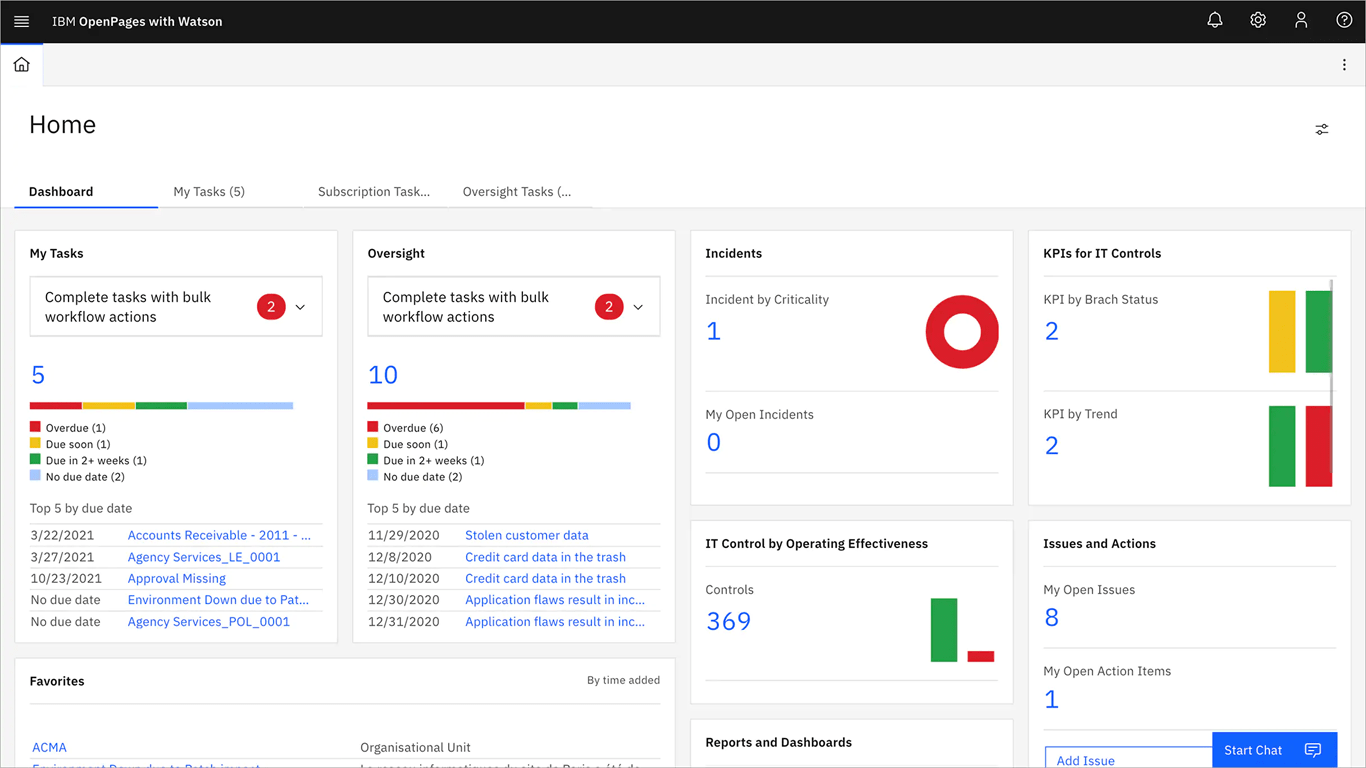



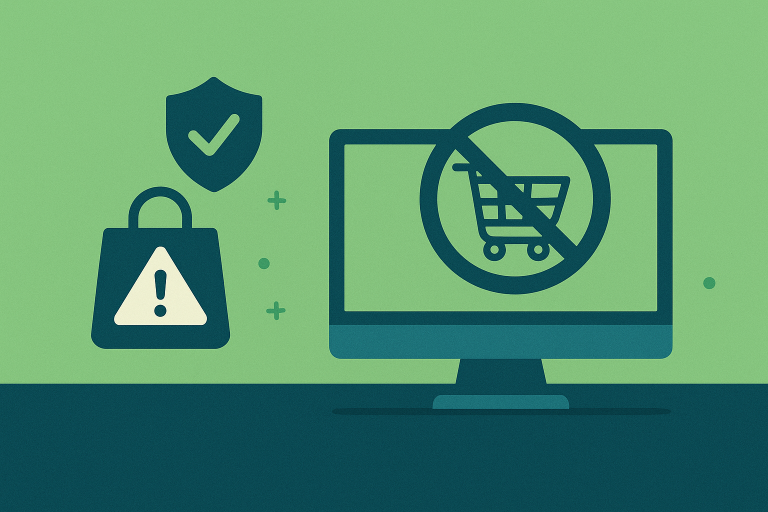





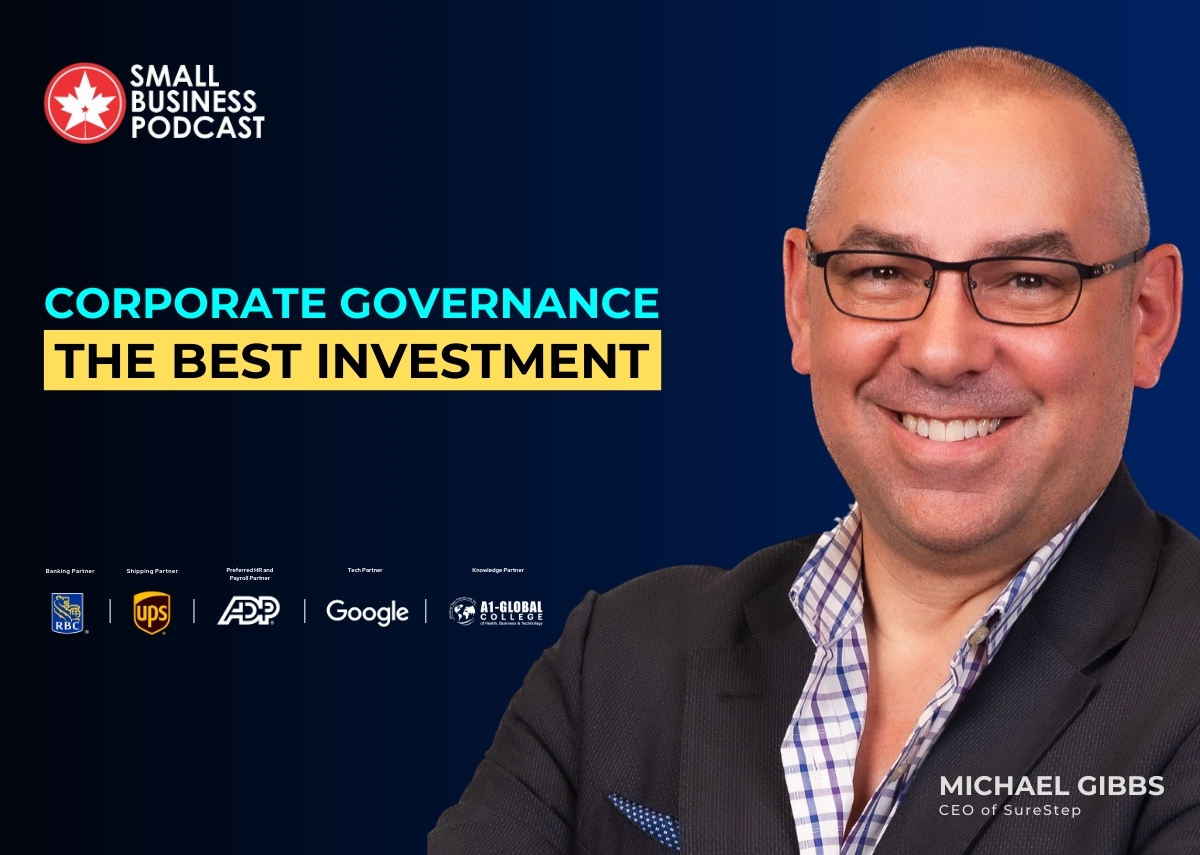

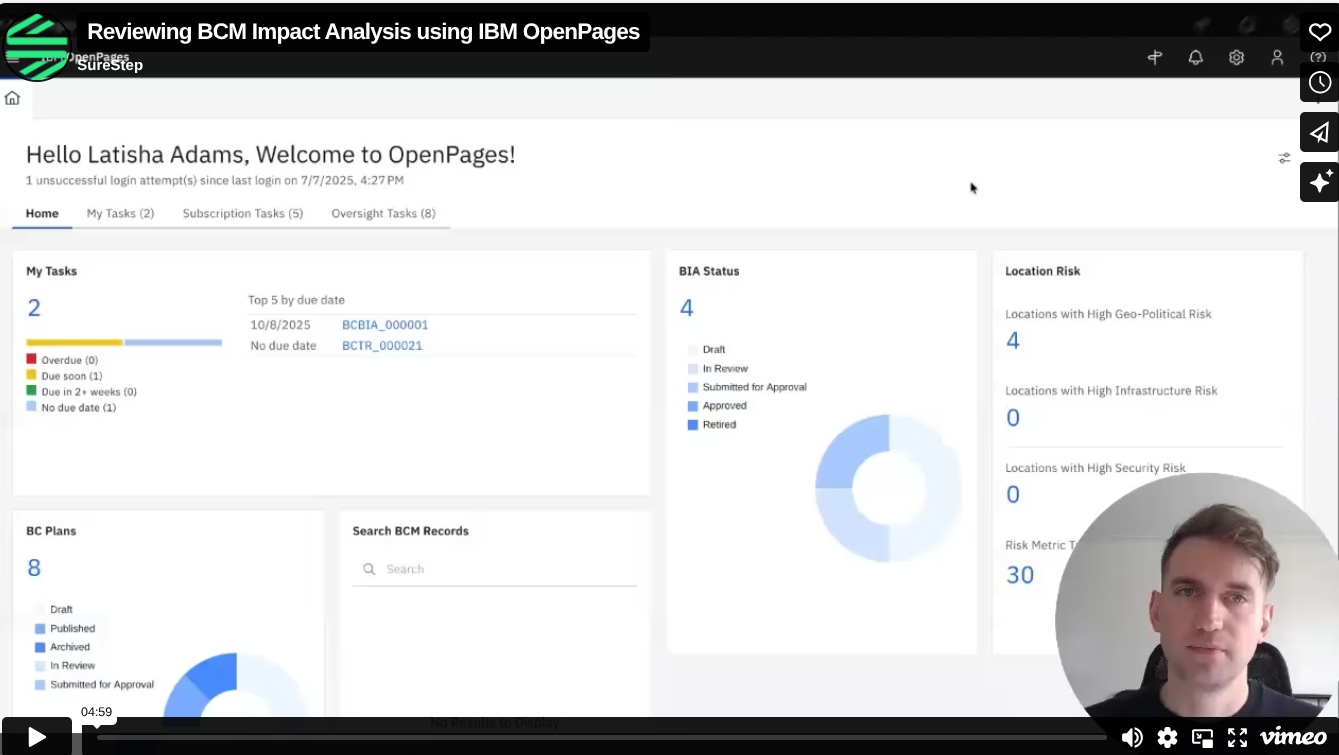



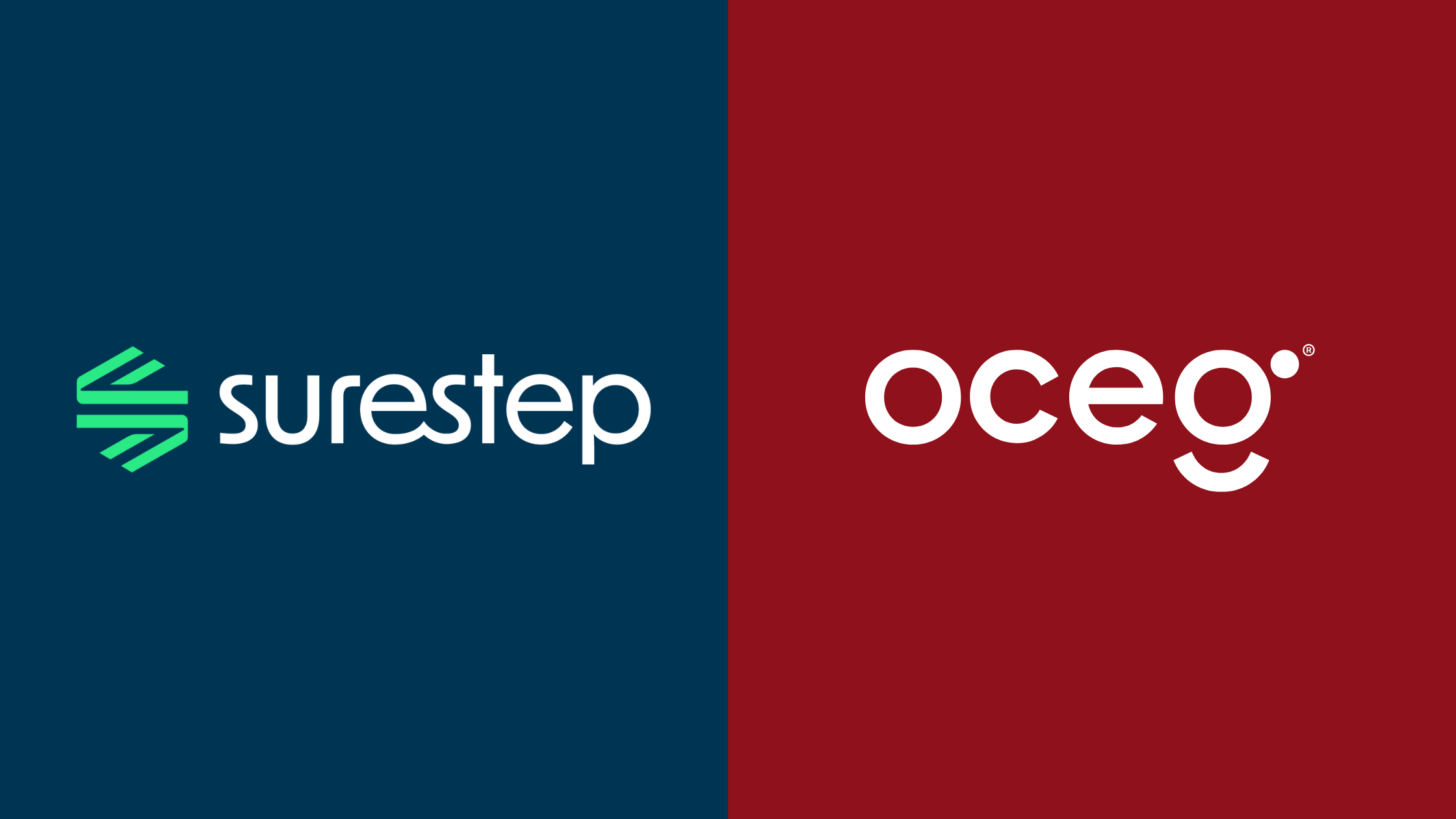


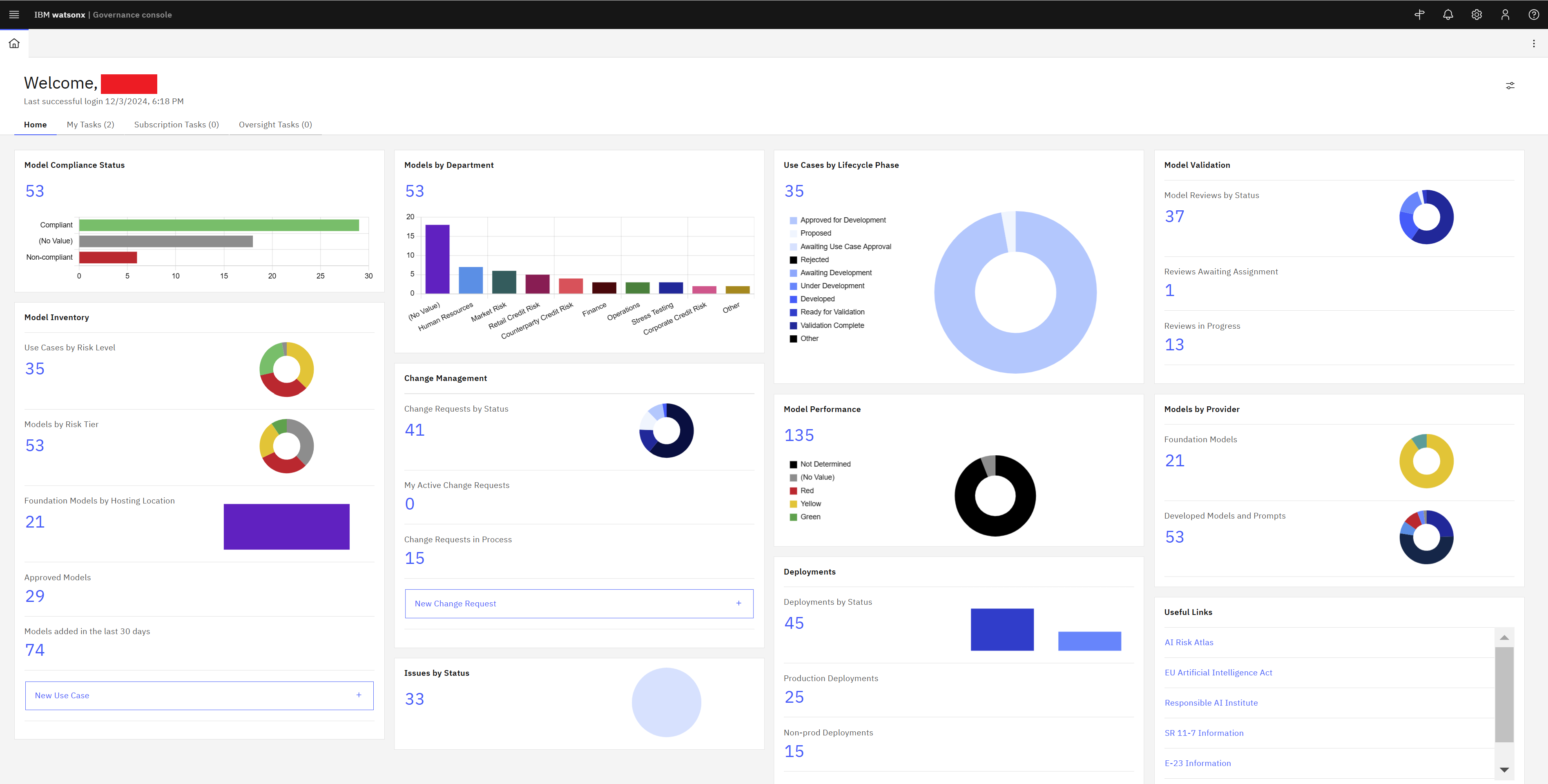

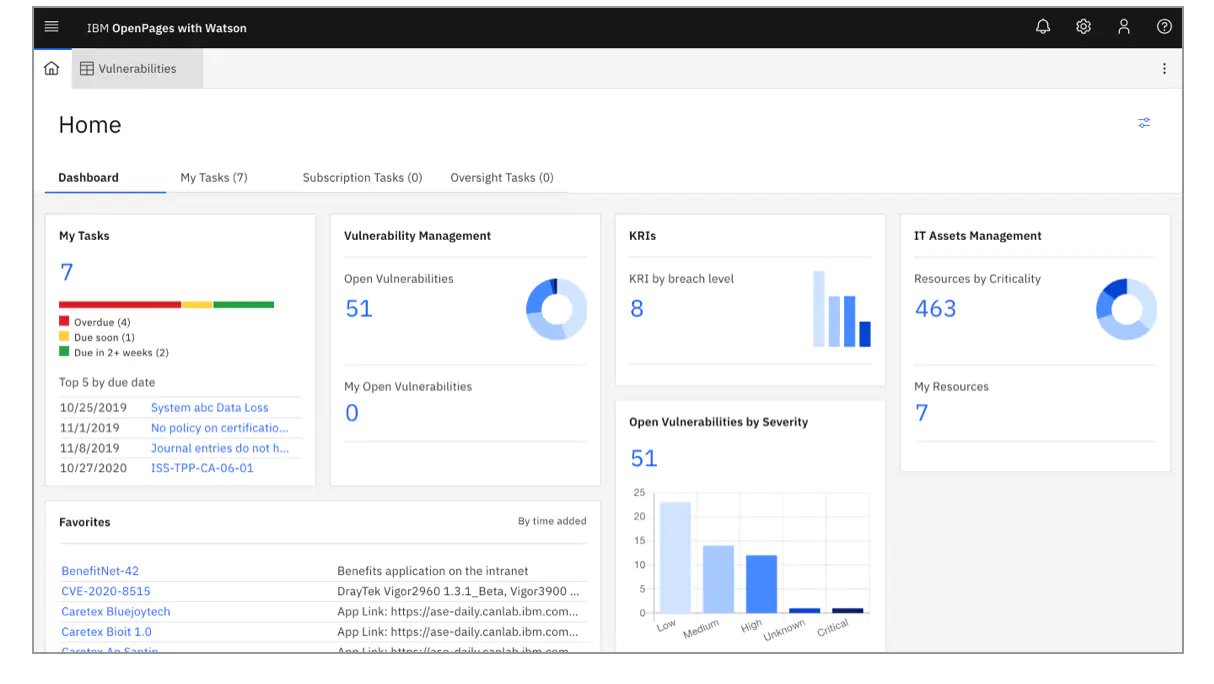
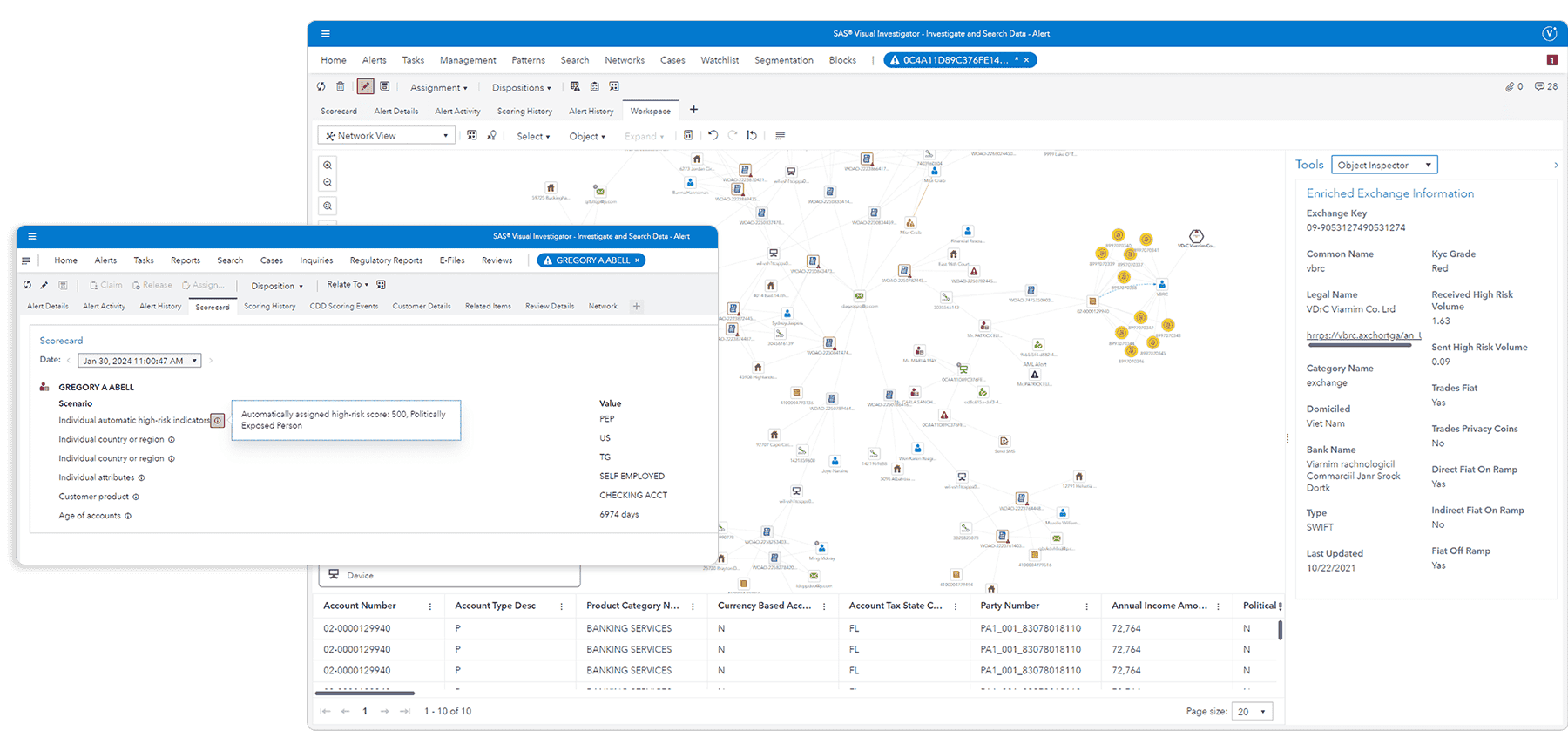







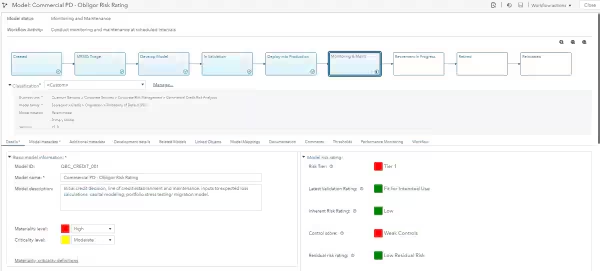









.webp)

-1.jpg)










.jpg)



























.jpeg)







